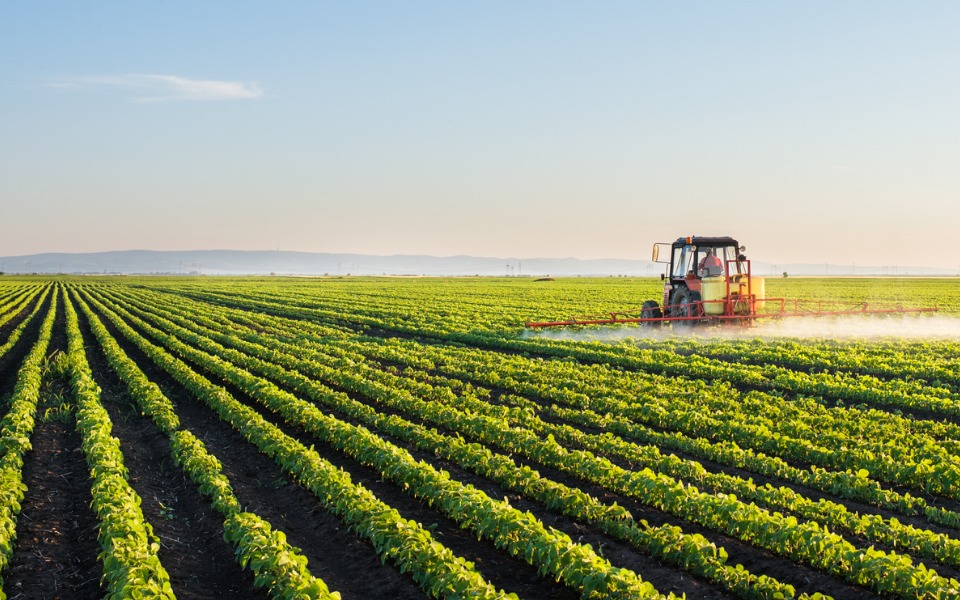
Farming in South Asia not adopted from West, says study on ancient people

The first-ever genome sequenced from a woman in Rakhigarhi — a town part of the Indus Valley Civilisation — has increased the possibility that people in the ancient civilisation had no ancestry from European herders, or Iranian farmers, according to a study.
An international team of geneticists, archaeologists, and anthropologists, including Kumarasamy Thangaraj from the CSIR-Centre for Cellular and Molecular Biology (CSIR-CCMB) in Hyderabad analysed the genomes of 524 ancient individuals.
The DNA samples included those from eastern Iran, Turan (Uzbekistan, Turkmenistan, and Tajikistan), Bronze Age Kazakhstan, and South Asia, making this the largest ever study of ancient human DNA. The results of their studies published in two journals, Science and Cell, shed light on long-standing questions about the origins of farming, the source of Indo-European languages in South and Central Asia, and the ancestry of the people in the Indus Valley Civilisation.
The studies revealed that a complex set of genetic sources ultimately combined to form the ancestry of South Asians today, and suggest that farming in South Asia was a native development, and not introduced from the West.
Also read: GM crops: How farmers are ploughing the field of frustration
“We compared these ancient genomes to one another, and to previously sequenced genomes, and put the information into context alongside archaeological, linguistic and historical records. This has helped us fill in many of the key details about people who lived in various parts of this vast region from the Mesolithic Era (about 12,000 years ago) to the Iron Age (until around 2,000 years ago),” said Thangaraj, one of the senior authors of both studies.
“We could study how these ancient humans (whose skeletons were found) relate to the people who live there today,” he added.
One of the DNA samples belonged to the Rakhigarhi woman, buried four to five thousand years ago, in what is now part of Haryana. Her genes point towards an ancestry of ancient Iranians and Southeast Asian hunter-gatherers, and definitely not from pastoralists who lived in the grasslands of Asia and Europe, according to the researchers.
The authors, however, cautioned that this does not mean her ancestors lived in Iran or Southeast Asia but in fact that they almost certainly lived in South Asia for thousands of years before her.
Also read: Why sandalwood farming is losing its essence
“After screening more than 60 skeletal samples from the largest known town of the Indus Valley Civilisation called Rakhigarhi, we have shown that the Iranian-related ancestry in South Asians comes from a lineage that separated from Iranian farmers and hunter-gatherers before they split from each other,” said Thangaraj.
He added that this was consistent with the observation that Iranian-related ancestry is extremely common even in the tribal groups in southern India practising hunting and gathering, not farming. This, he said, indicated that farming in South Asia was not due to the movement of people from the earlier cultures of the west, but instead, a development adopted by local foragers.
The researchers cautioned that since only one sample was part of the study from the Indus Valley Civilisation, it limits the conclusions that can be drawn about the entire population of the ancient town.

